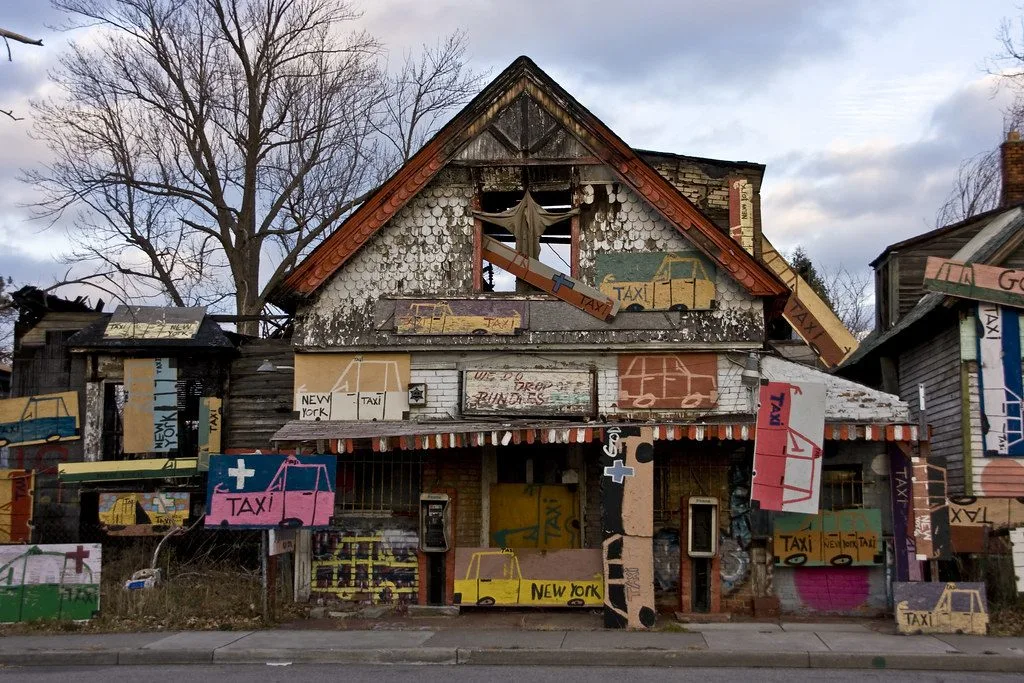Am I really advocating slumlording as an investment strategy?
Yes…
and no.
There is no doubt that you will often get better cash flow with low-income housing, and for that you might be called a slumlord.
But I do not and would not recommend renting out truly dangerous housing or in any way cheating tenants out of what they pay for.

On the other hand, much of what is called slumlording is simply providing reasonable housing for those with low incomes.
It benefits the renter and the landlord.
You see, tenants rent not-so-nice places because they can afford them – and that’s the important point here.
The alternative?
Well, suppose a house needs paint, has rusty hinges on the doors, and a dirt driveway.
It cost less to buy, and therefore can be rented out for less while still providing good cash flow to the buyer.
But if the landlord goes ahead and fixes everything, this results in higher rents, and possibly drives the renter away, or leaves him no option but to rent something even worse.
Having to rent something worse due to improvements in rentals is a common scenario, by the way.
When I lived in Michigan my own town enacted rental regulations that included fifteen pages of new rules and many non-safety-related requirements, like minimum window ratios of window size to floor space to allow natural lighting, bedroom square-footage requirements, and rules against peeling paint – even if the paint was not a hazard.
Such rules are made in the name of low income renters, but the result was predictable: higher rent.
Add regulations against mobiles homes, and low income families needed to move further away from town and jobs to find affordable housing.
I mention this to let you know that if you offer an ugly, but safe and affordable rental, you’re providing a real service.
How Much Can You Make?
Naturally, what you can make depends on many factors, including the rent levels where you are and the price you pay for your investments.
But let’s look at an example…
I used to live in a place where a typical two bedroom house cost $130,000 and rented for $800.
In the same area you could buy a mobile home on a lot for $45,000, and rent it for $550 per month.
Notice that the house costs nearly three times as much, but the rent you get isn’t even doubled.
This means more cash flow from the mobile.
This is why beat-up old houses and mobile homes (on land) are such good investments, and a good alternative for renters, whether or not you call this slumlording.
You will have more risk and management problems with low income housing.
Repairs will come up more often, and rent will be late more often, on average.
This is why you deserve a higher rate of return on your investment.
If not for the higher return, who would provide low-cost rentals?
Ways to Make More | Related Opportunities | Tips
Treat your tenants well, and make your rentals safe.
Then you can honestly enjoy a good return on your investment – even if some want to call you a slumlord.
Here’s another little secret: If you renters are really stretching to afford the rent, stay in touch so you can anticipate problems, and look for ways to make it easier for them to pay.
You can collect when they get paid every two weeks, for example, so they don’t have to save and plan for a larger monthly rent.
If you have many rentals you can also keep a list of projects that you need done (painting, roof repairs, etc), and hire those renters who have skills, paying them with discounted rent.
In these ways you can keep your vacancy rate down and so make better cash flow over time.
First Steps
Check out the rent charged for various types of rental properties near you, and the prices these are selling for.
Ask around to determine vacancy rates and the difficulties involved in evictions.
Start crunching the numbers to see if you really will get a higher return from low-income renters.
